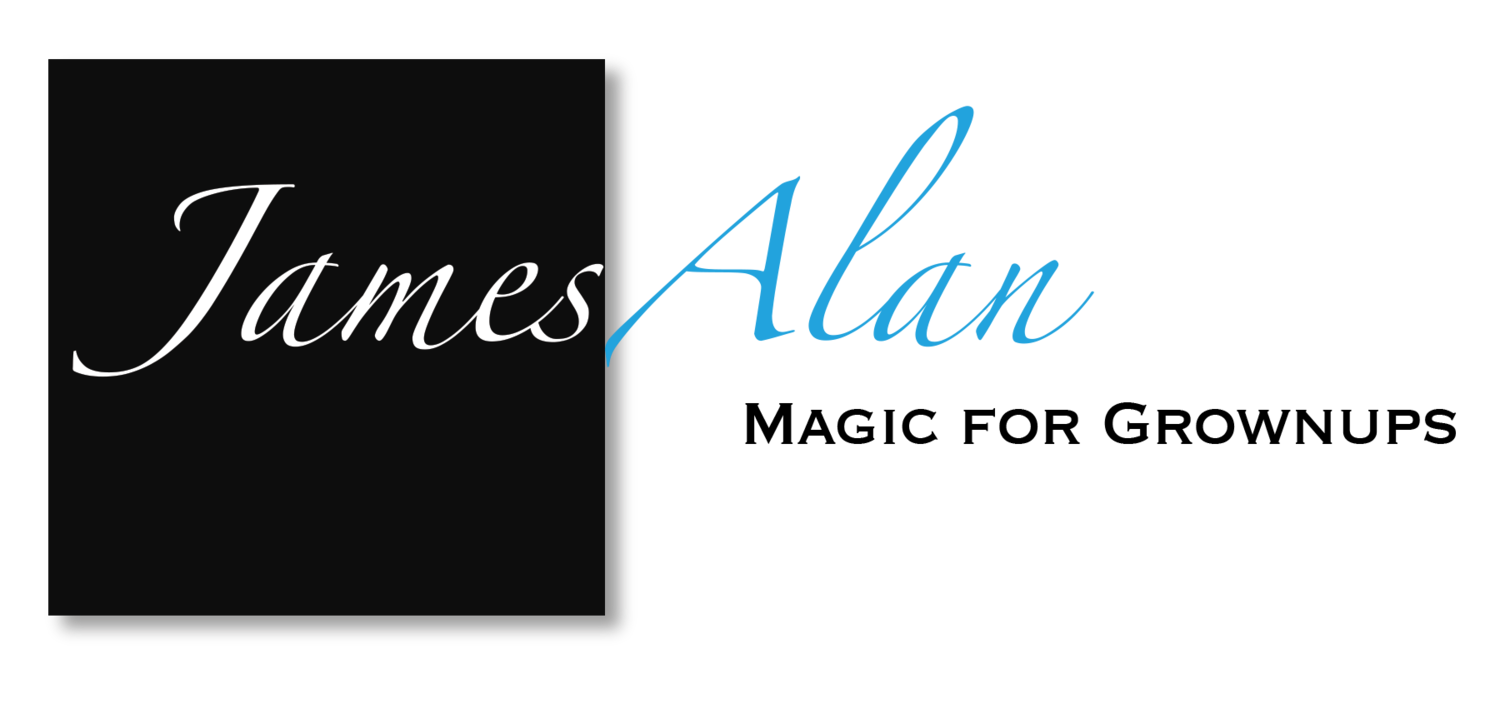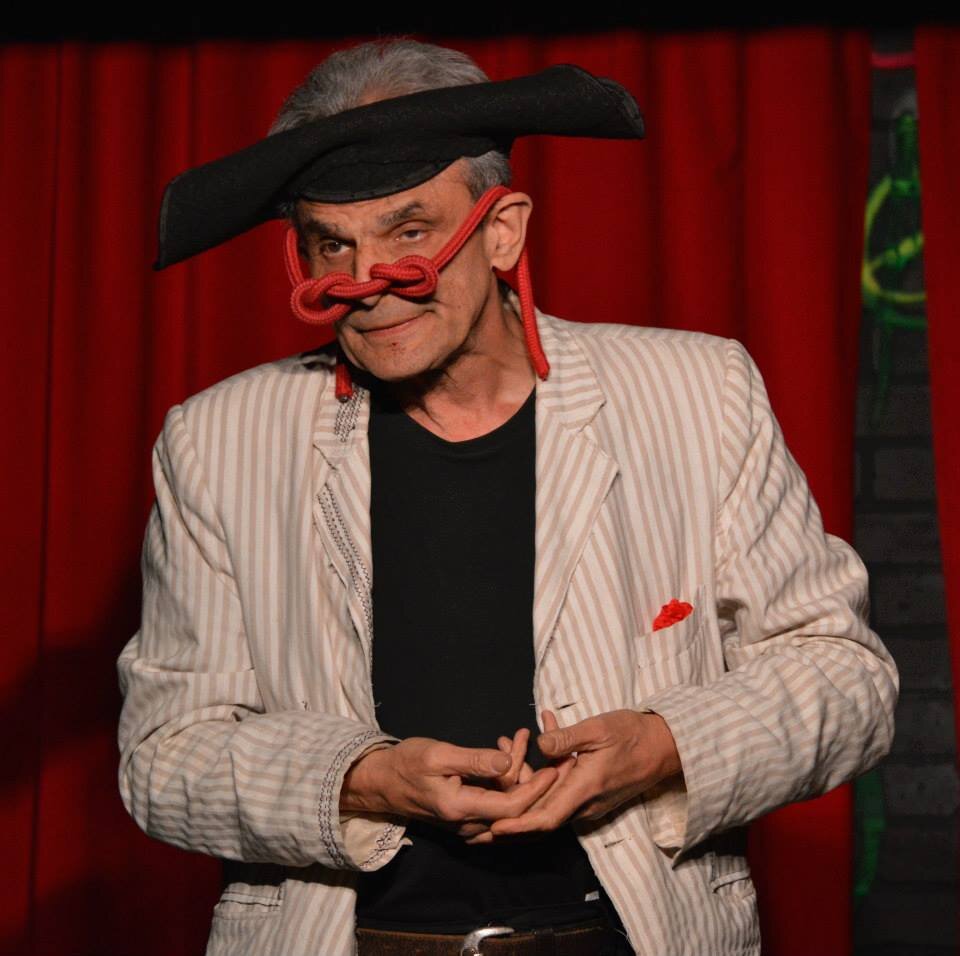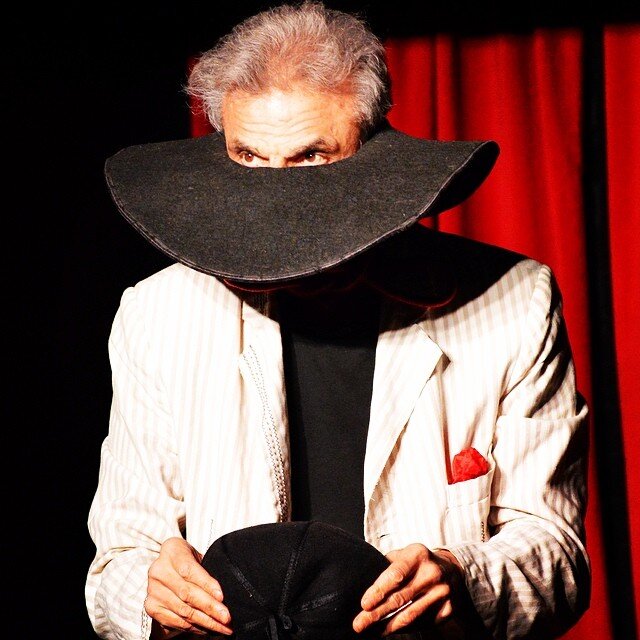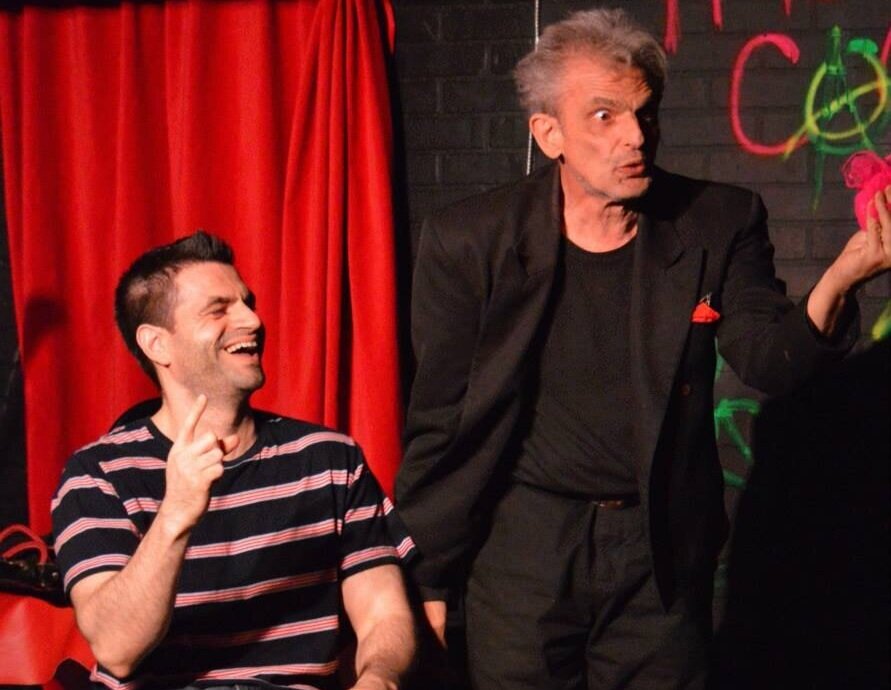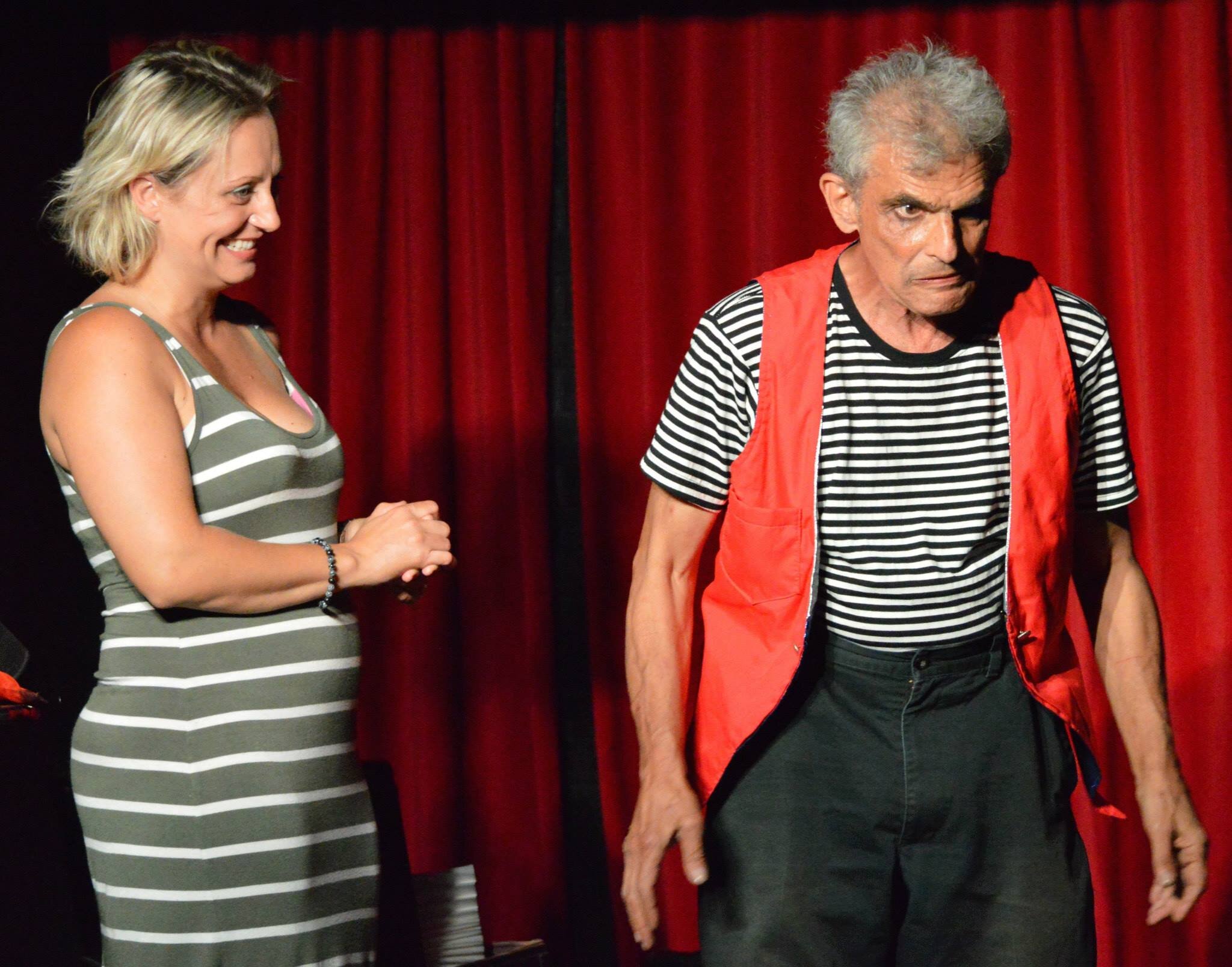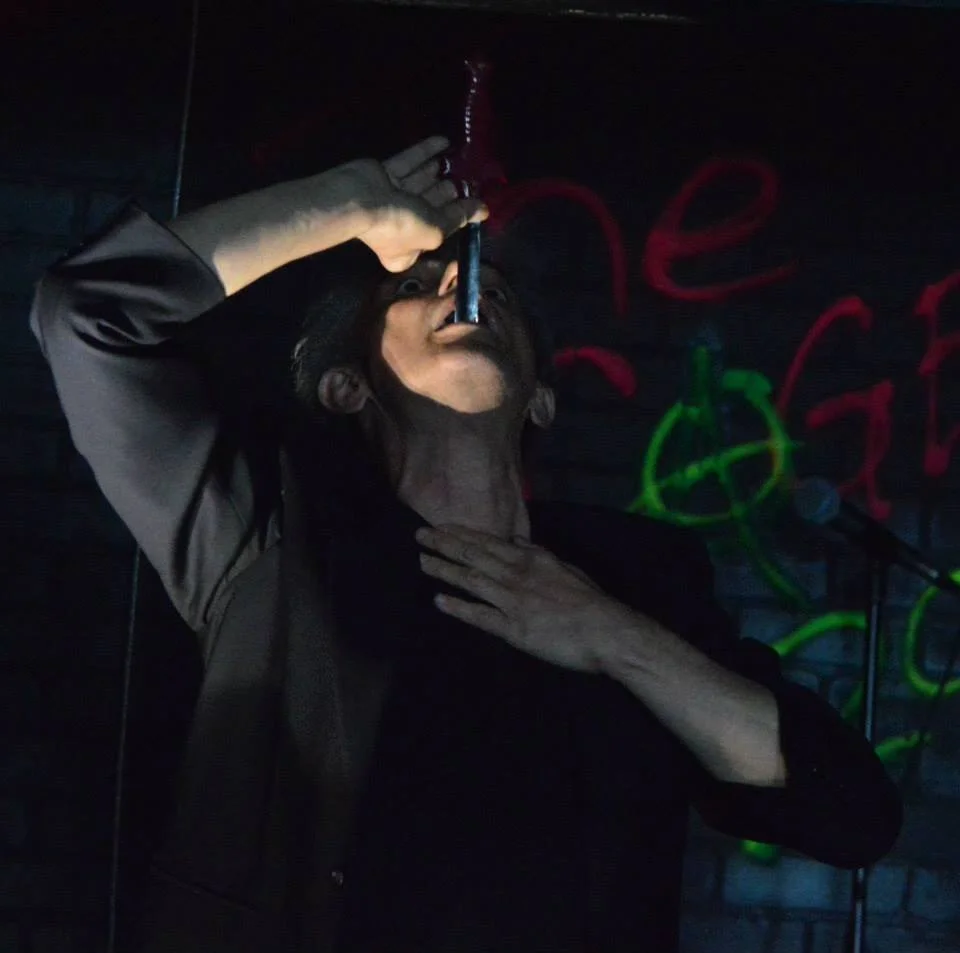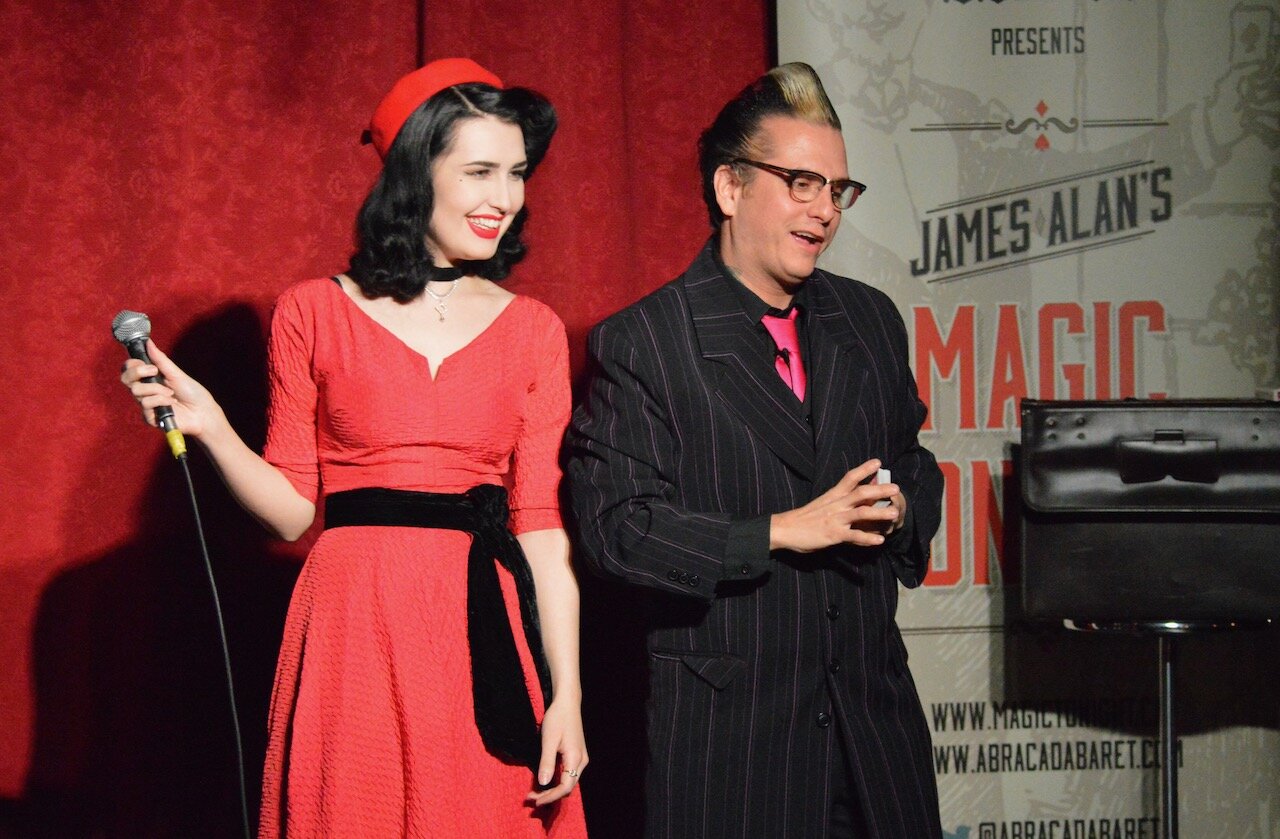The great “Chung Ling Soo” was the stage name of an American magician, William E. Robinson who, in a story that strains believability, made a career pretending to be a Chinese magician. (As you can see in the photo in the video thumbnail, he doesn’t look he has Chinese ancestry.) While in character, which he famously maintained with great dedication, he never spoke English. Instead he muttered in gibberish and gave interviews through a “translator”.
His promotional posters featured prominently in an exhibition here in Toronto at the Art Gallery of Ontario. This is partly because those posters are rare and highly sought after collectibles, but also as part of a segment shining a light on “Cultural Appropriation” in the history of magic.
Although his story has less to do with the modern-day sin of cultural appropriation and more to do with the way deception works. All creatures adapt to their surroundings to survive and magicians are no exception. Magicians have spent the last century or two getting comfortable with the standard way people dress. That means that if you are wearing a suit or a tuxedo, you have all kinds of places to hide sneaky things. In fact in the era over a hundred years ago now confusingly known as “modern” magic, many books on the subject began with instructions for modifying your tail coat and trousers to accommodate all kinds of secret pockets. (This was quickly followed by secret shelves and openings in your table.) So a huge amount of magic is subtly structured around the assumption that the performer will be a man wearing, if not a suit jacket, then at least trousers with pockets.
But if you impersonate a Chinese magician, then entirely new avenues open up to you. Secret pockets is one thing. But think of what you can hide in a long flowing robe! Asian (or in this case pretend Asian) performers can do tricks that western magicians can’t duplicate. David Blaine can’t walk off stage wearing a black t-shirt and jeans and return wearing a long robe for his next trick.
And it’s important for practical purposes that if you are going to lie, that you choose lies that are hard to catch. In Robinson’s time, it would be hard to find someone who had actually travelled to Asia to know what Chinese speakers sounded like, or how they performed. Now, you can see video from any part of the world the same day on social media. So instead if magicians are lying to you, they’re usually lying about quantum physics or neuroscience.
For more, a complete biography of Soo/Robinson has been written by magic creator and consultant Jim Steinmeyer. The Glorious Deception is widely available including print and electronic editions and is well worth reading.
